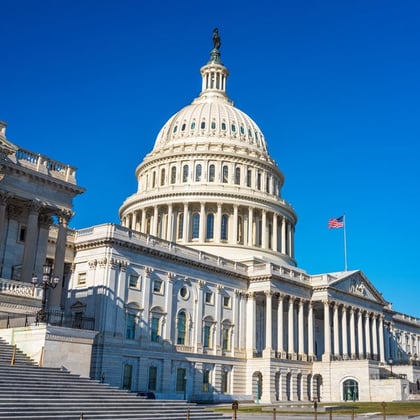What You Need to Know
- Under a deal struck with the Senate, the payments will be phased out more quickly than they would be under the bill that passed the House.
- This tight phase-out creates a disincentive for certain taxpayers to earn more, according to Jeffrey Levine.
- The Senate voted Thursday afternoon to begin debate on the bill.
The $1.9 trillion economic stimulus package, which passed the House on Saturday, is expected to be enacted within a week with scaled-back eligibility for $1,400 checks. The Senate voted Thursday afternoon to begin debate on the bill.
The change in the stimulus payments creates a “messed up” situation for certain families near the income limit, according to Jeffrey Levine, chief planning officer of Buckingham Wealth Partners.
Unemployment benefits of $400 per week, however, “will be retained in the final bill, along with all sorts of pork, including an injection of federal money to keep poorly run private pensions afloat,” notes Greg Valliere, chief U.S. strategist for AGF Investments, said Thursday in his morning Capitol Notes email briefing.
Stimulus Check Eligibility
Late Wednesday, the Senate agreed to scale back eligibility for $1,400 direct payments.
About 8 million fewer Americans would receive payments, according to the Tax Policy Center.
The payments would be fully phased out for individuals earning $80,000 per year, couples earning $160,000 per year and heads of household earning $120,000 per year. That is reduced from income limits of $100,000, $200,000 and $150,000 in the version of the plan that passed the House.
The phase-outs begin at the same income level as in the House bill: $75,000 for individuals, $150,000 for couples and $112,500 for heads of household.
Still, the payments would be larger than in previous rounds of stimulus, in which Americans received $1,200 and $600 checks.









 March 04, 2021 at 04:22 PM
March 04, 2021 at 04:22 PM











